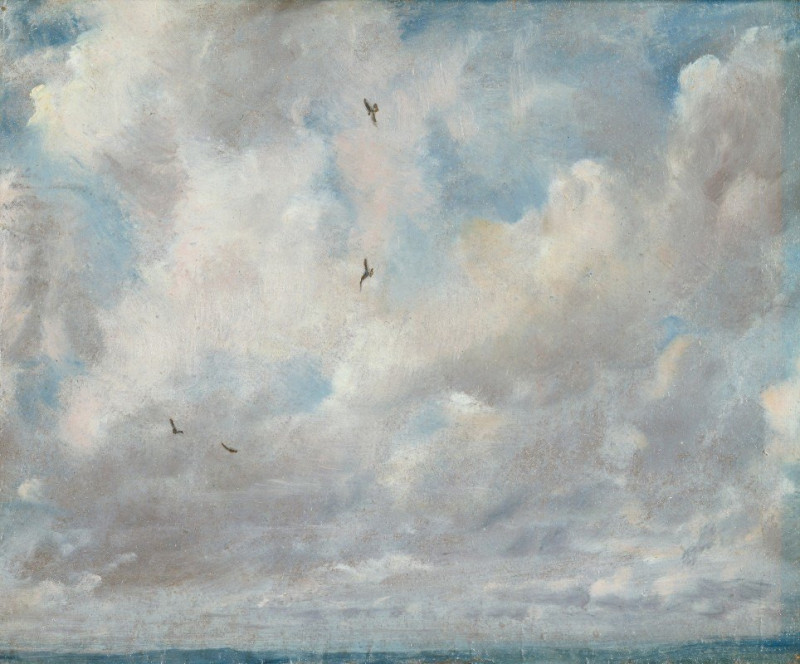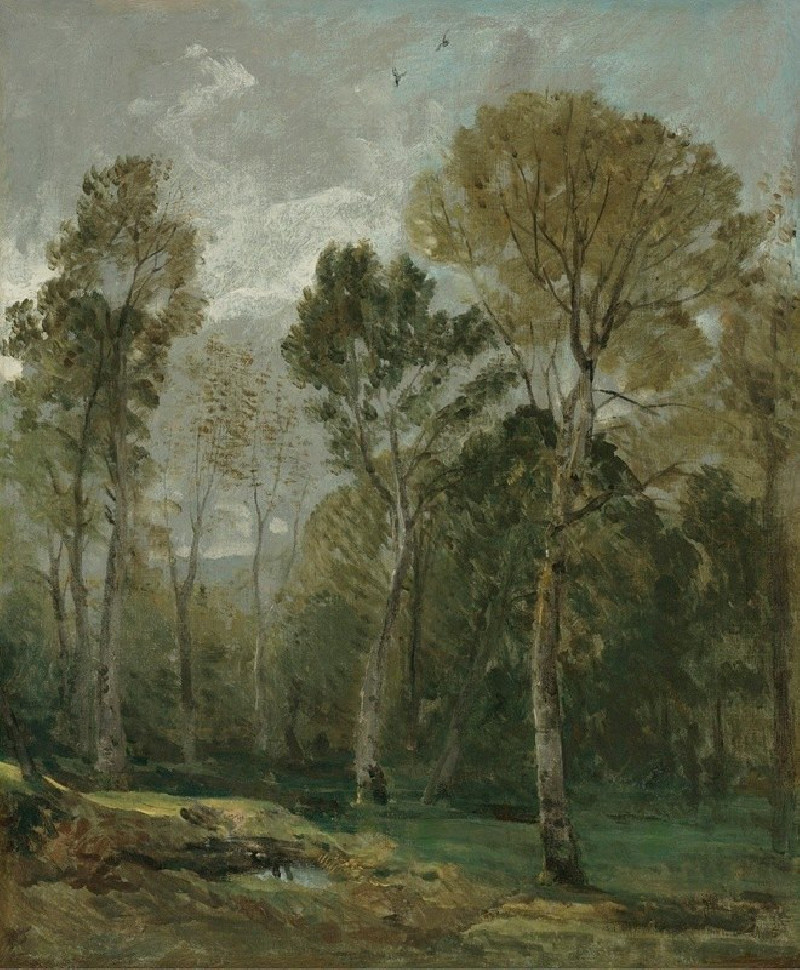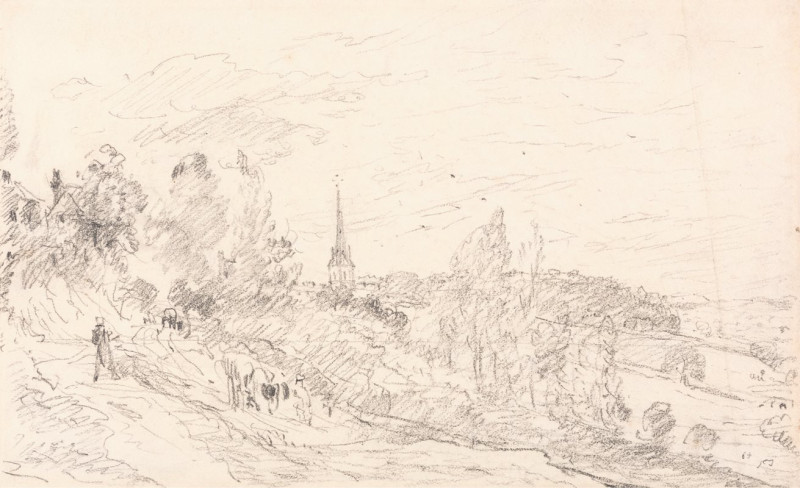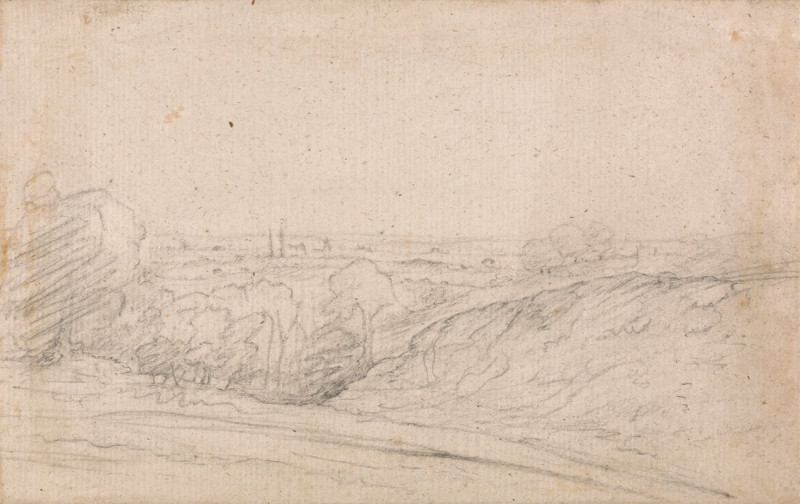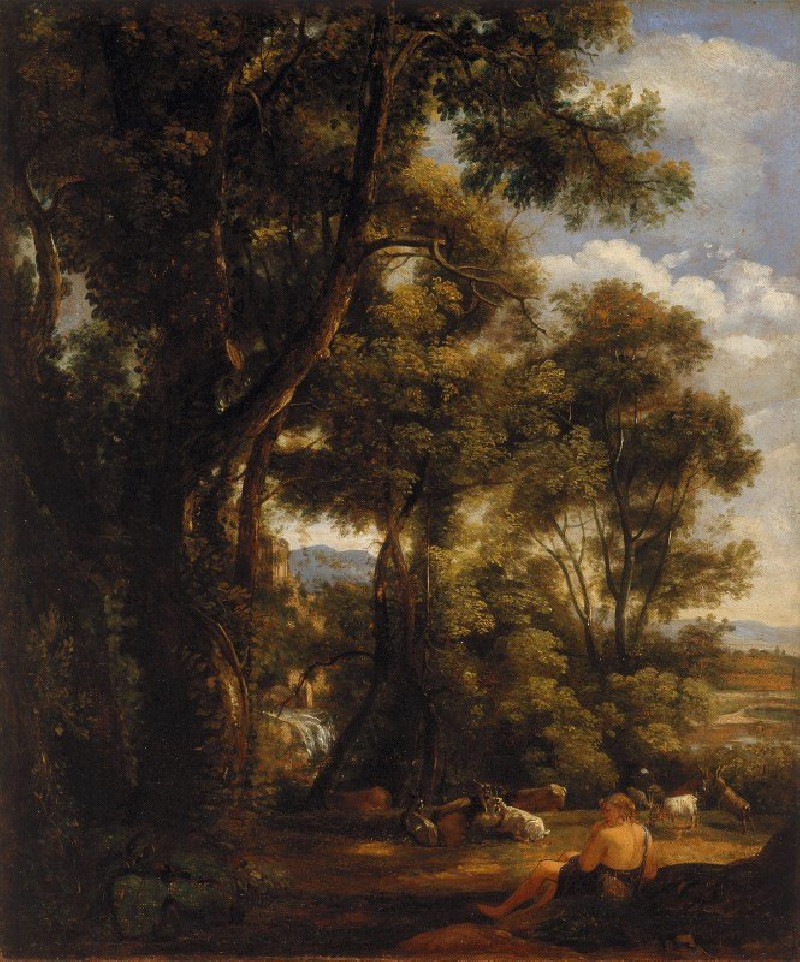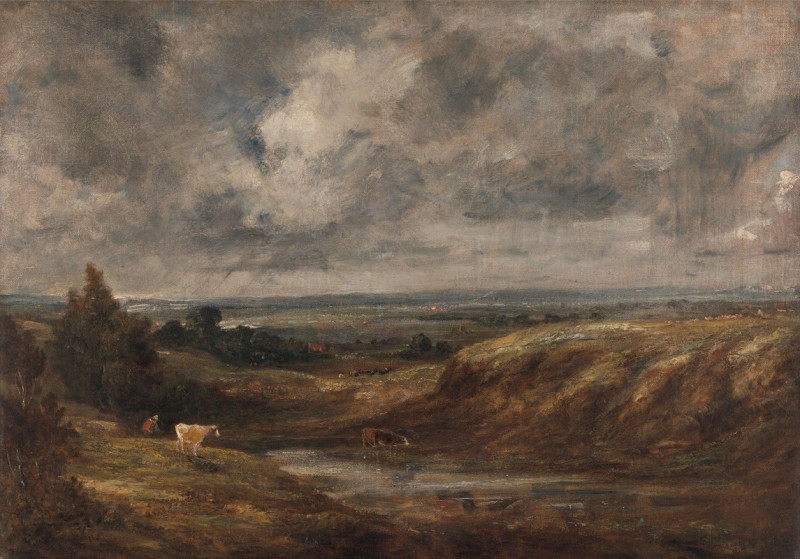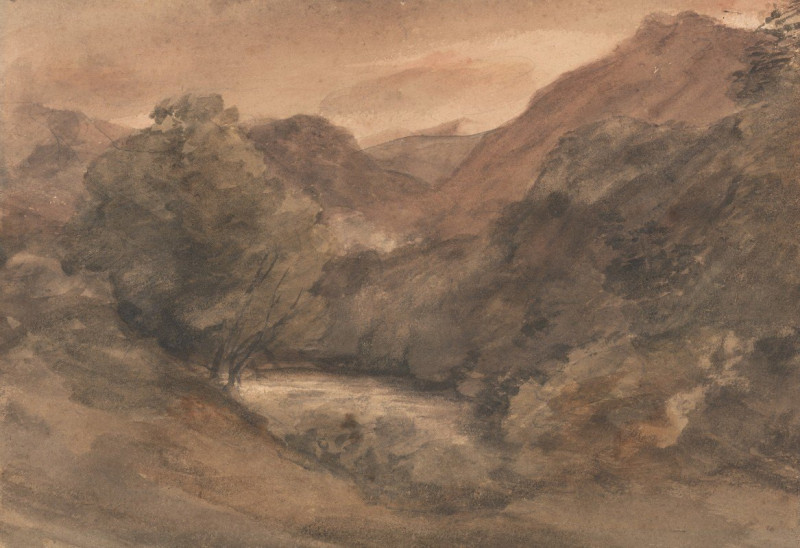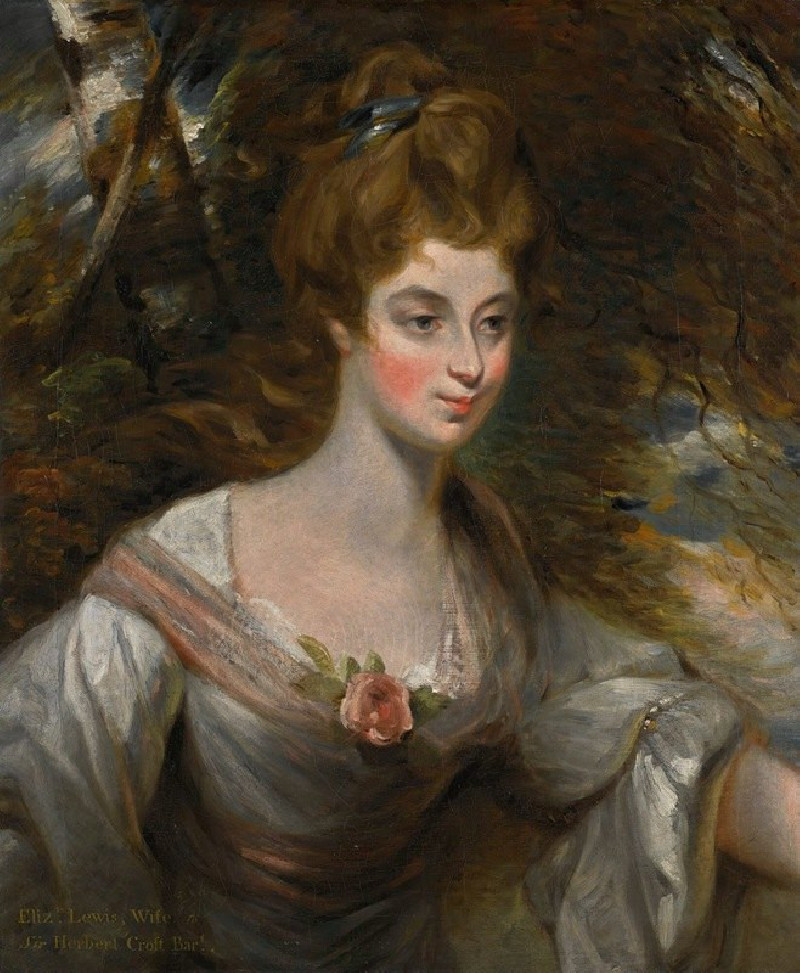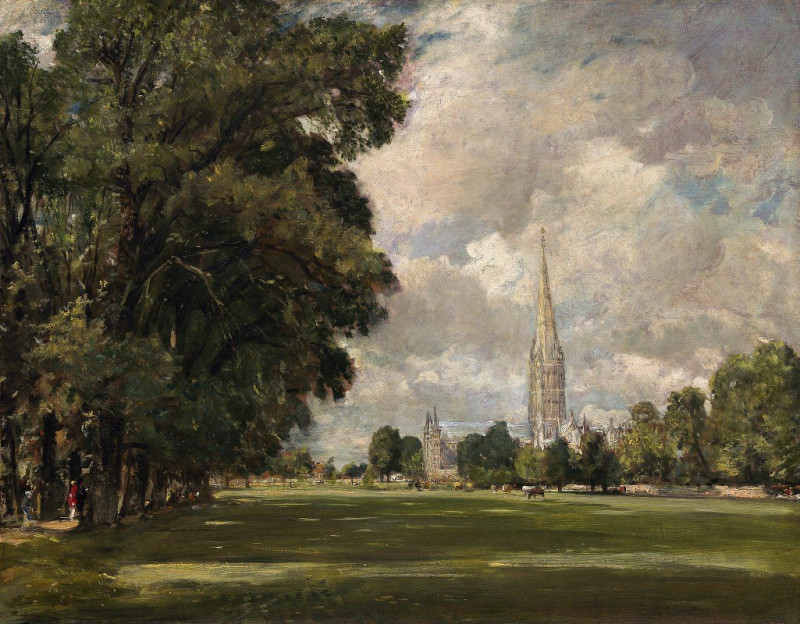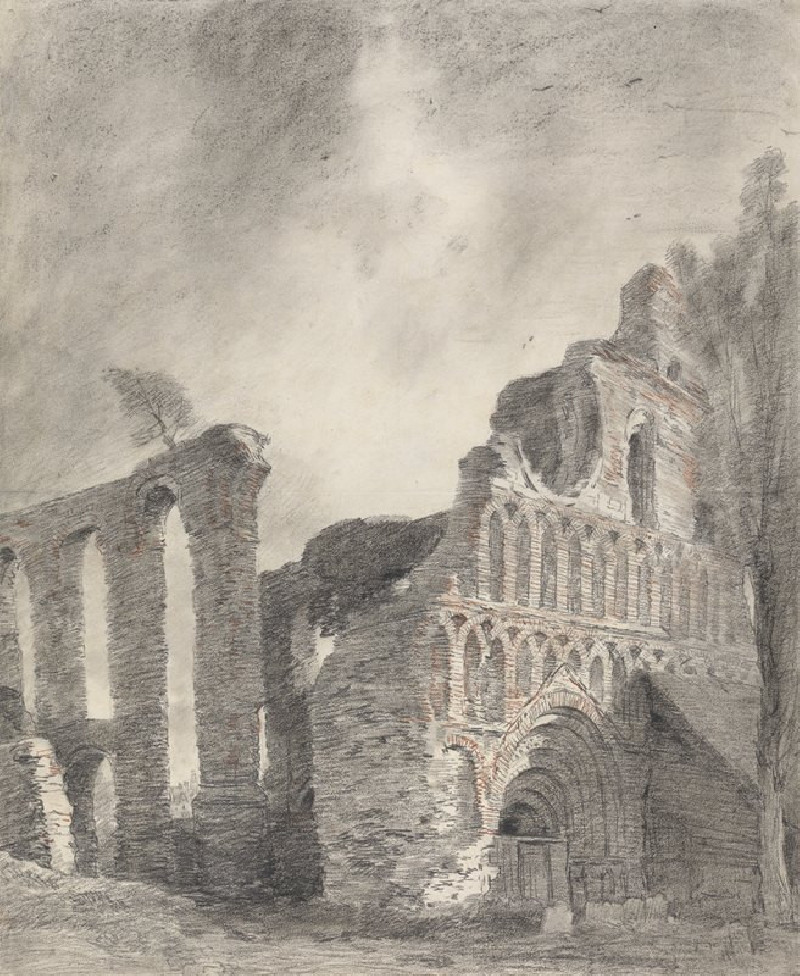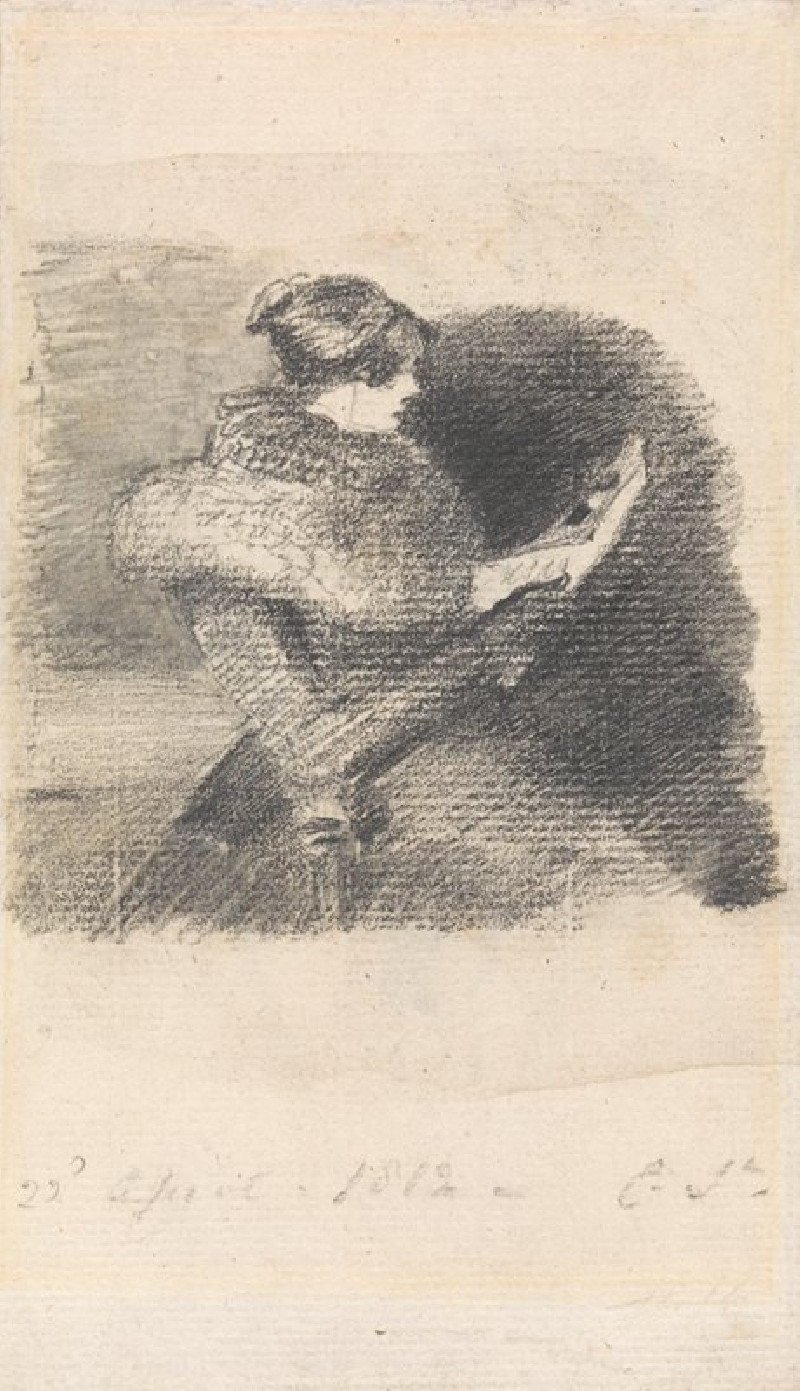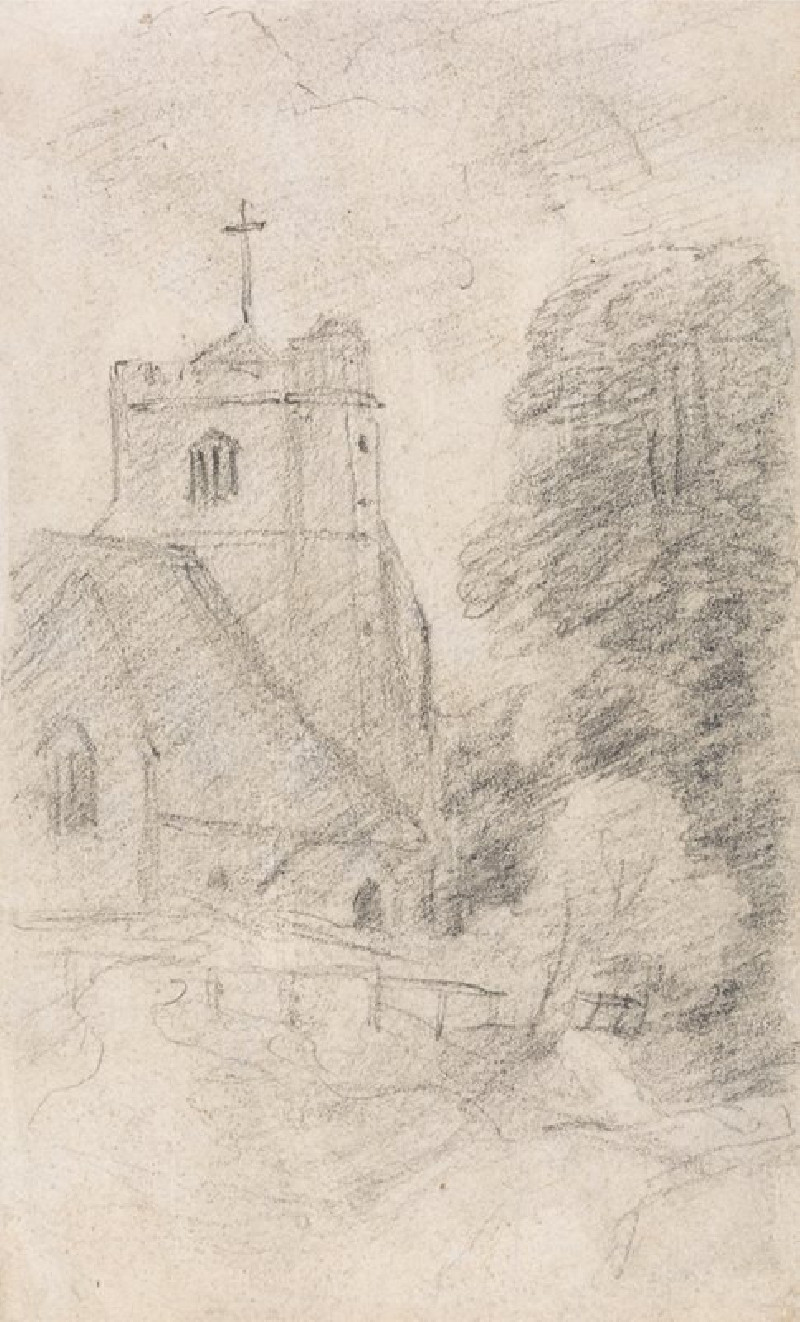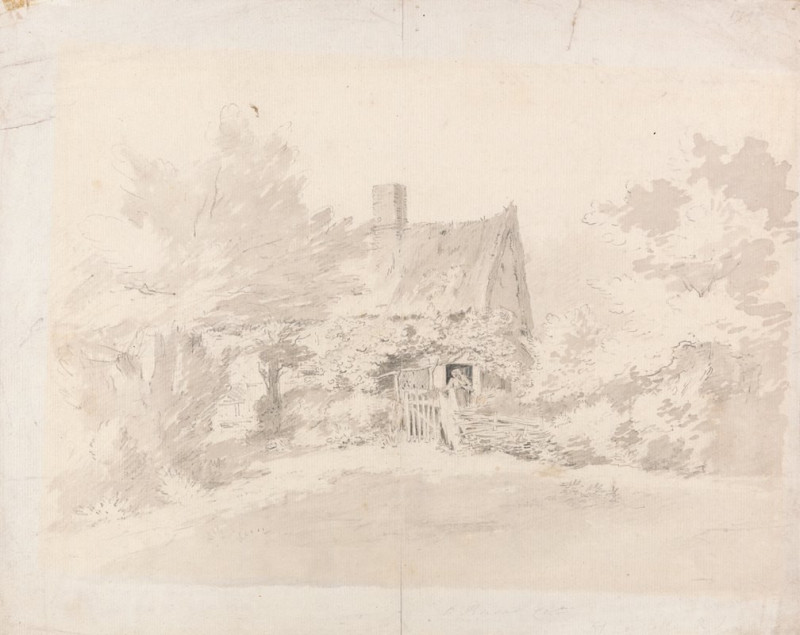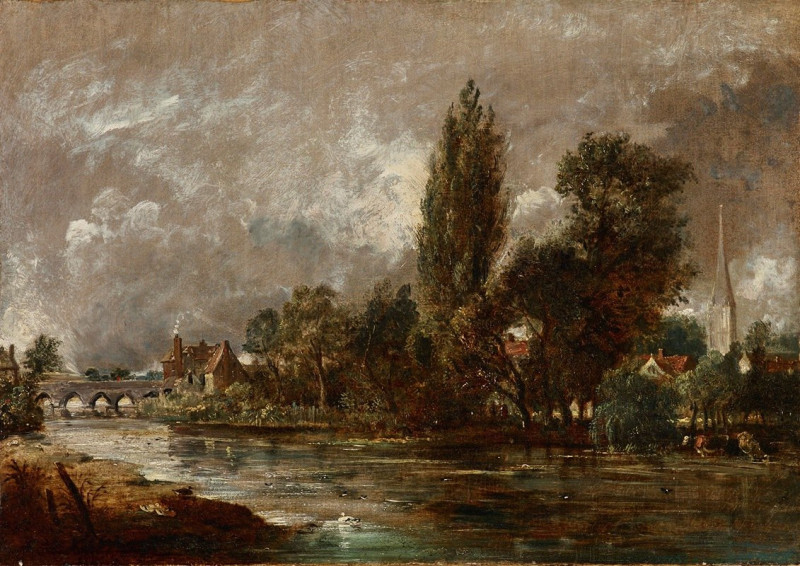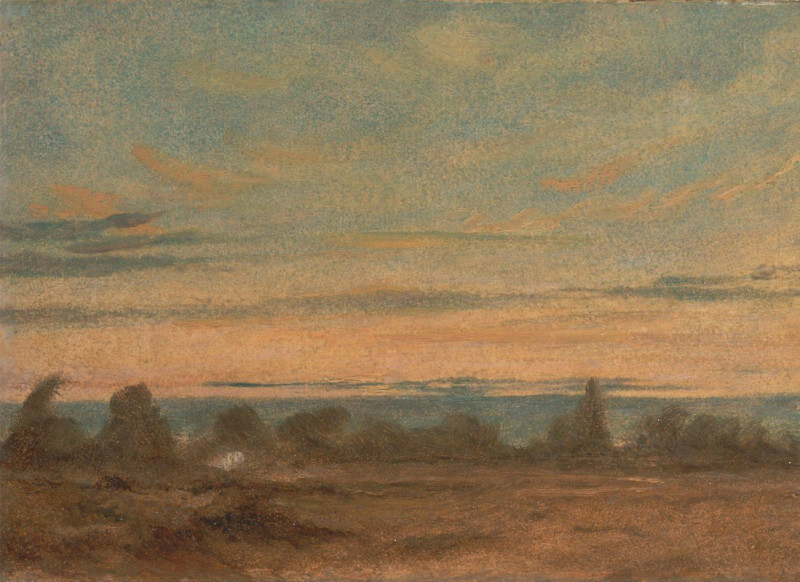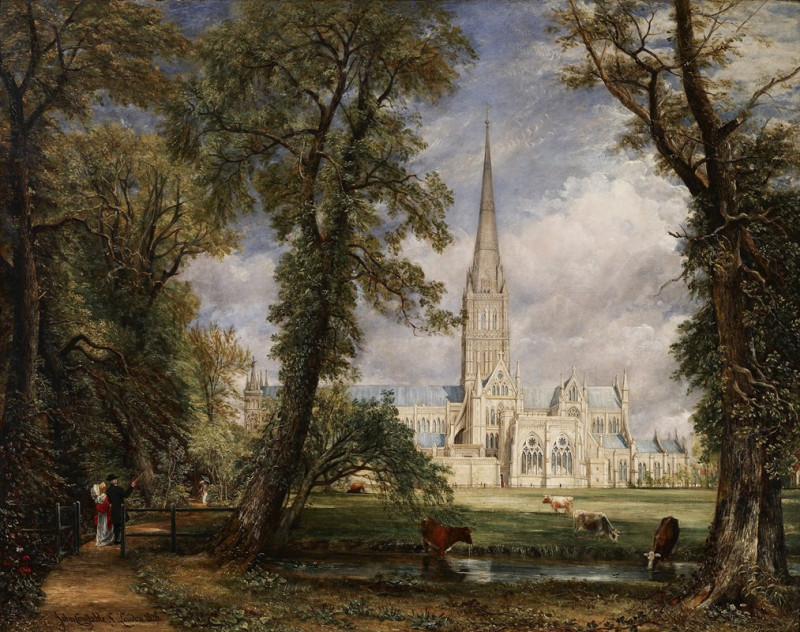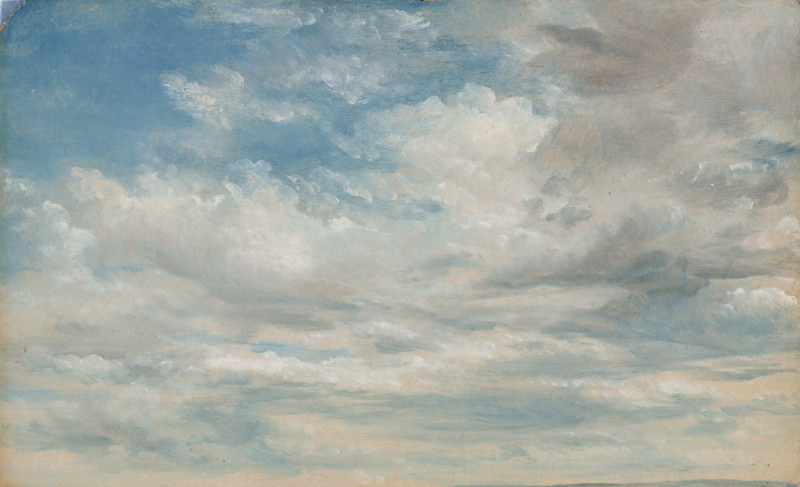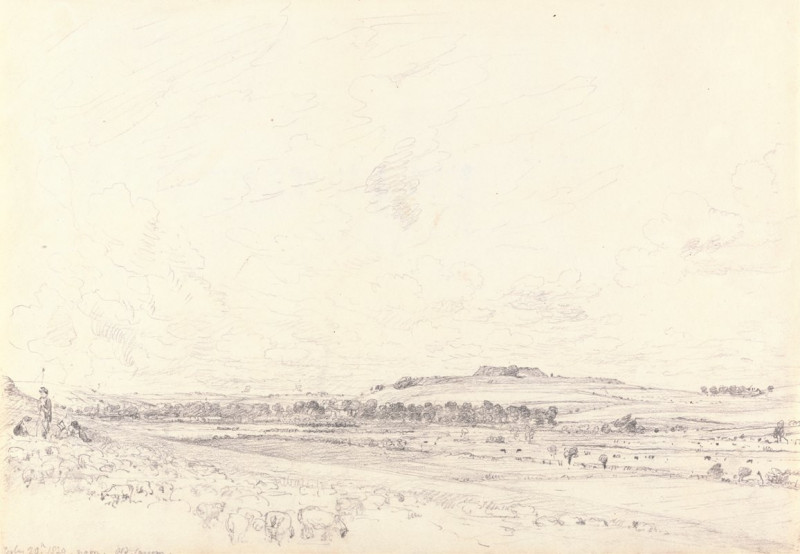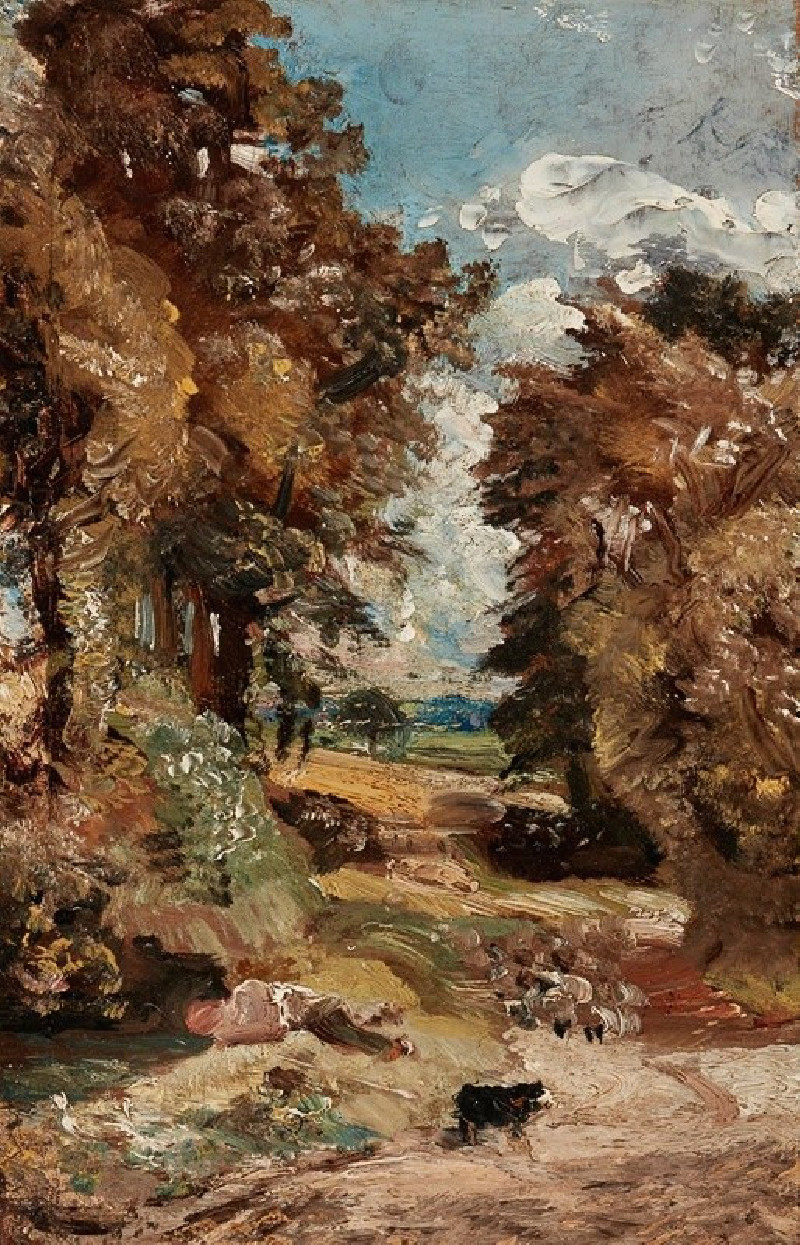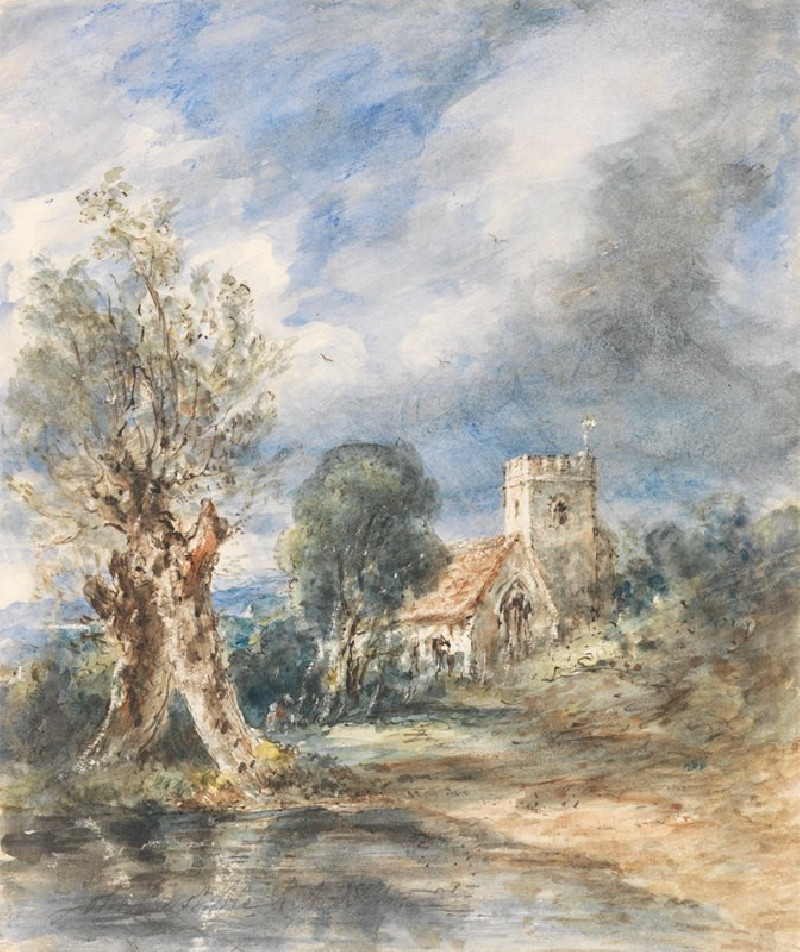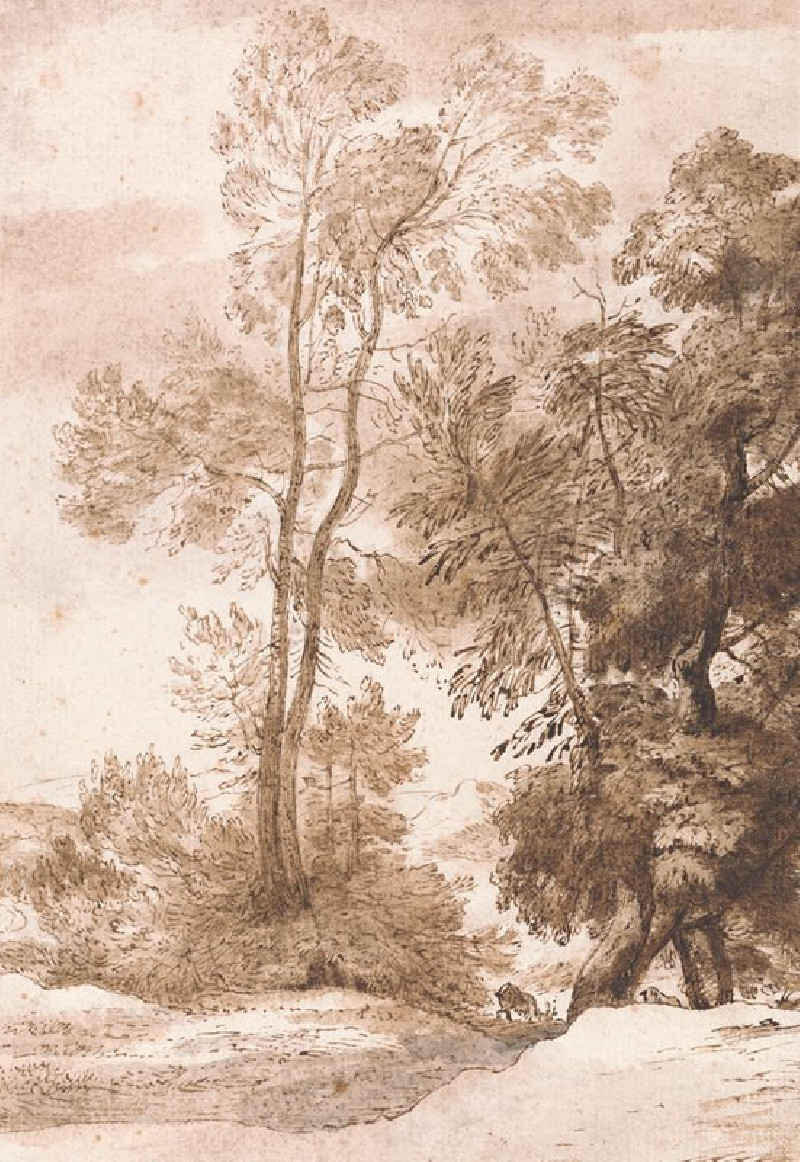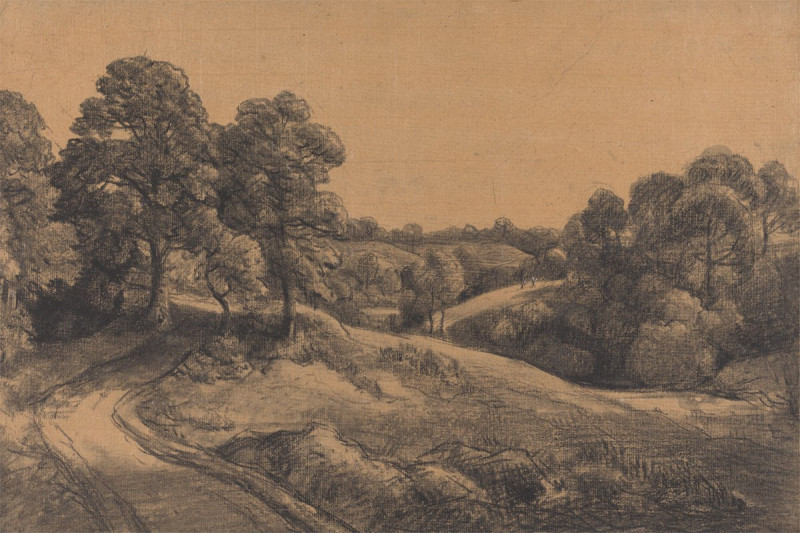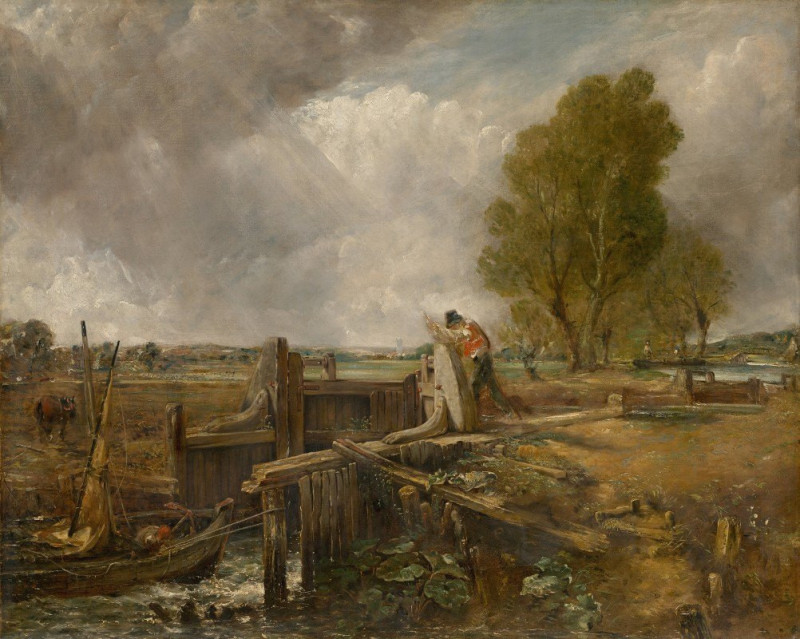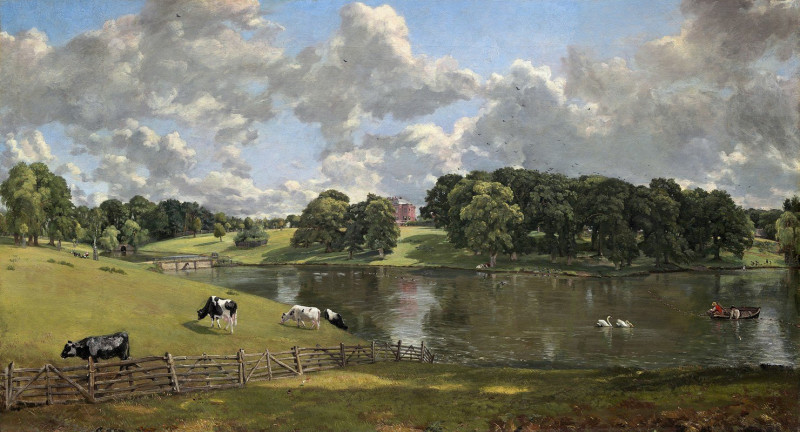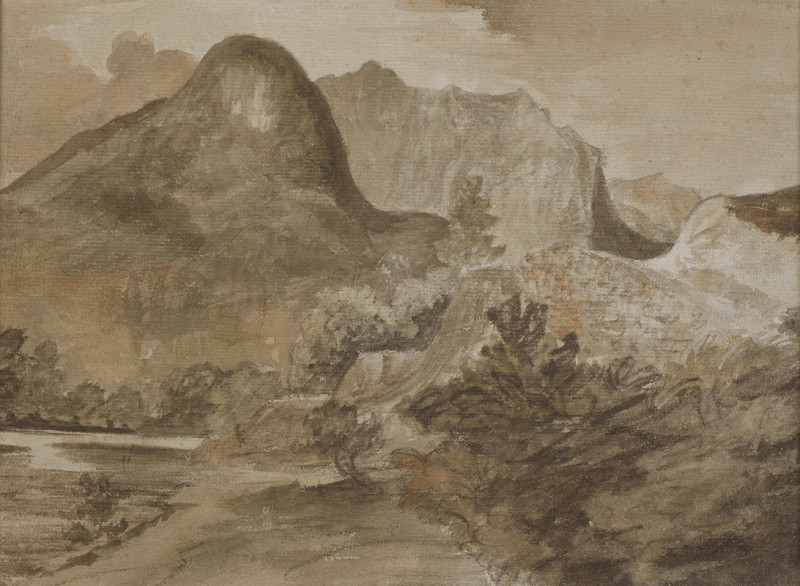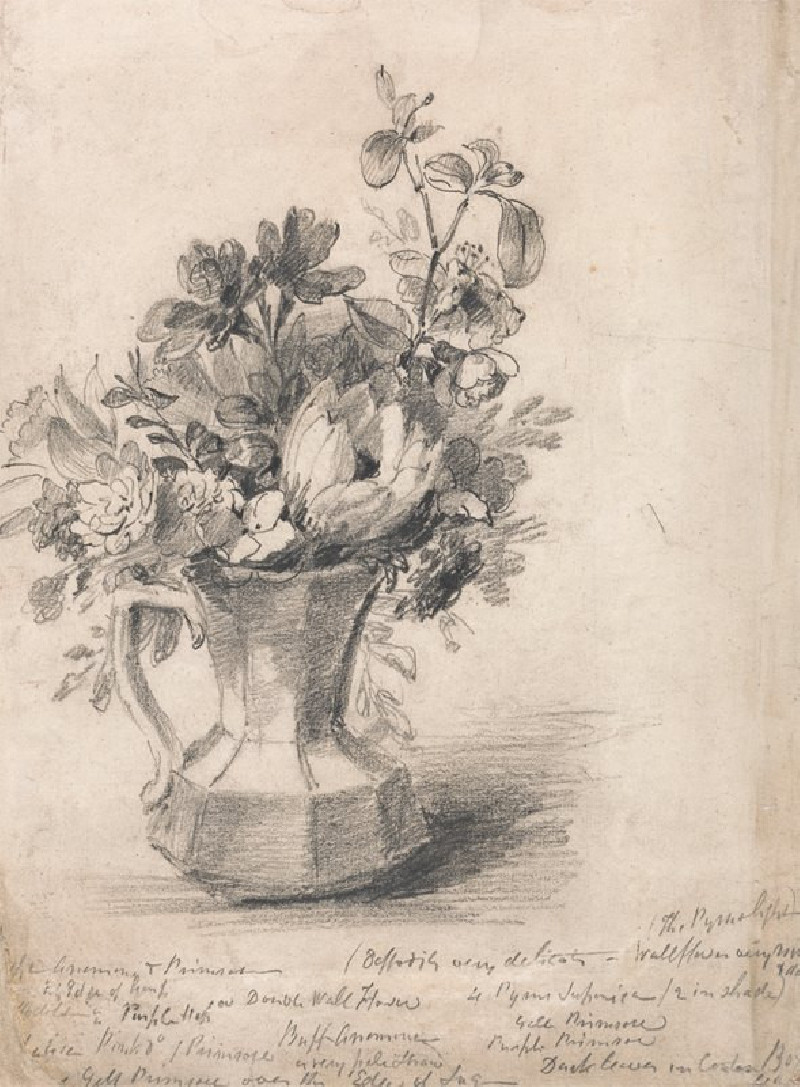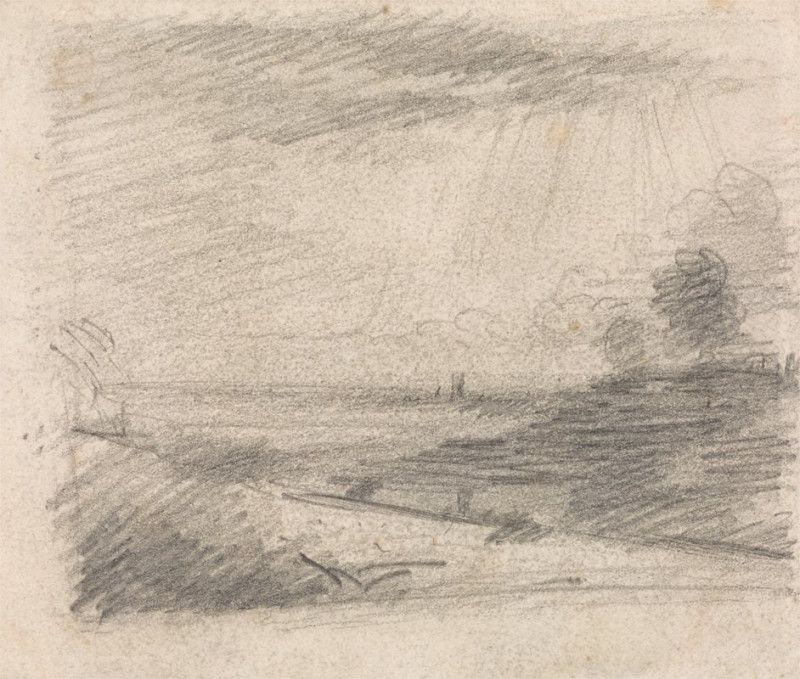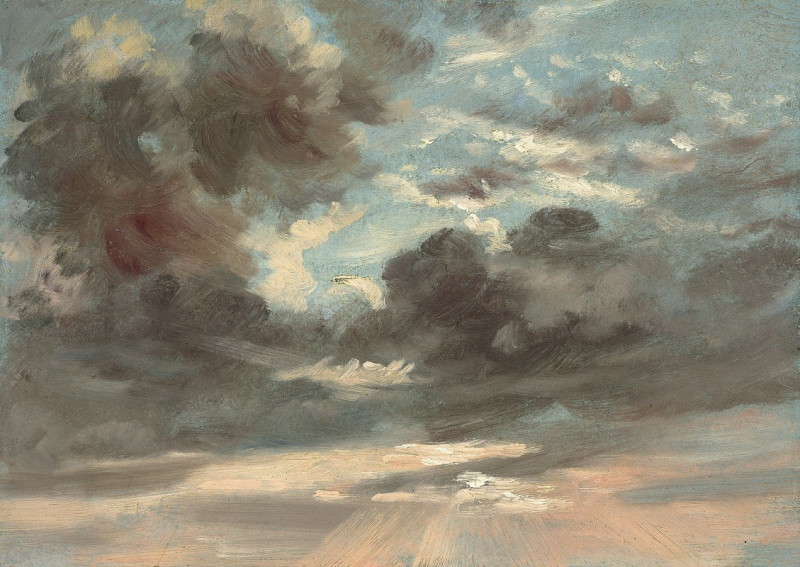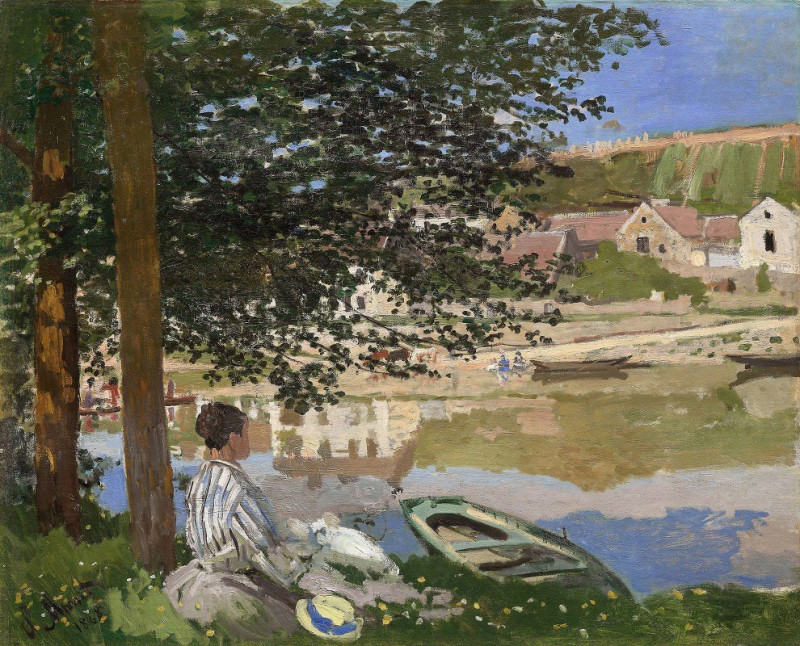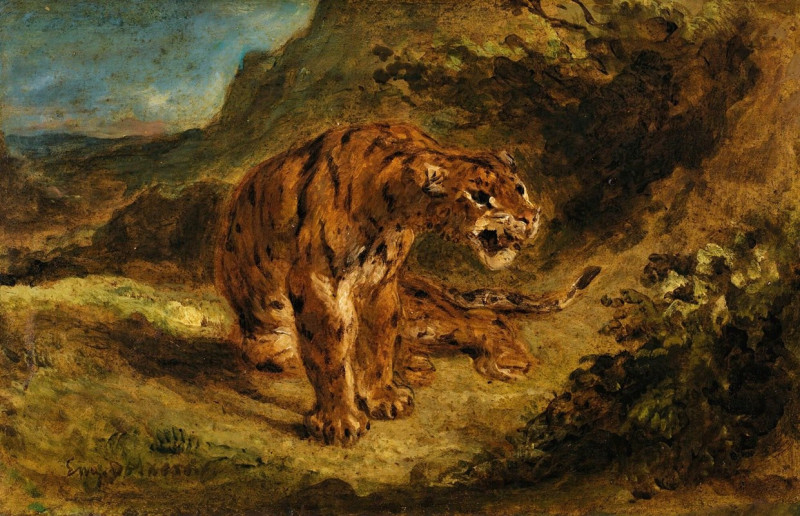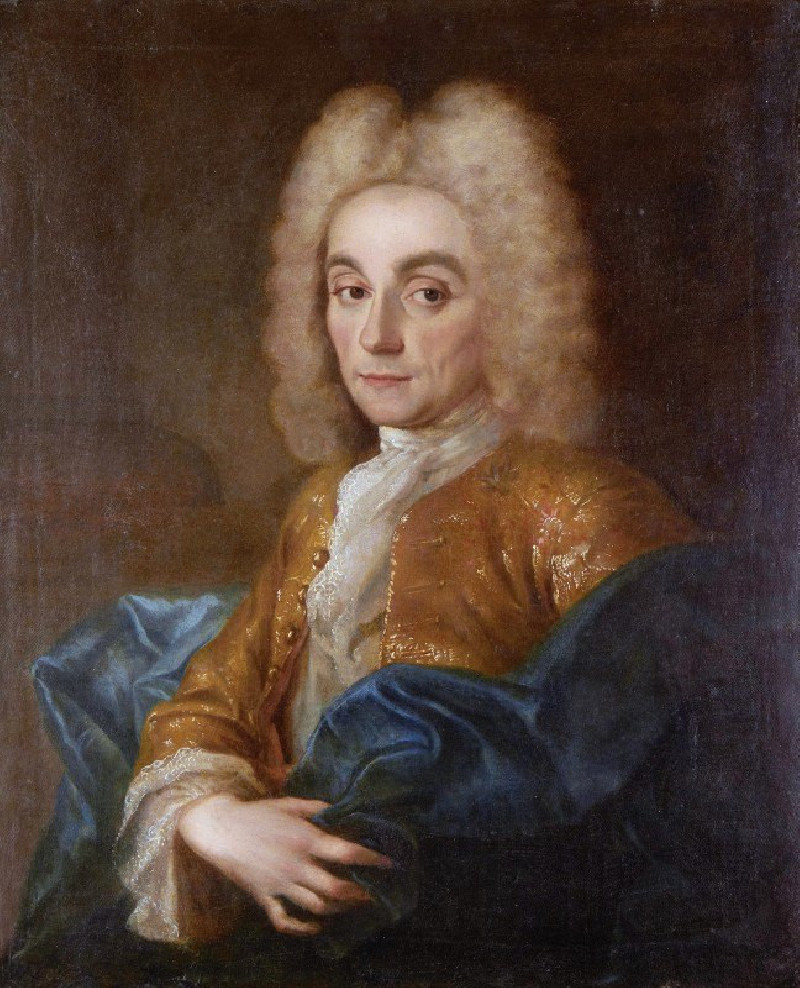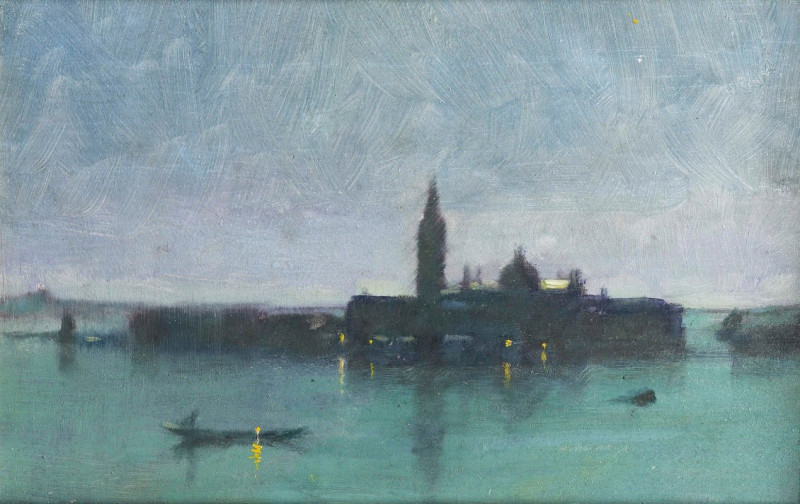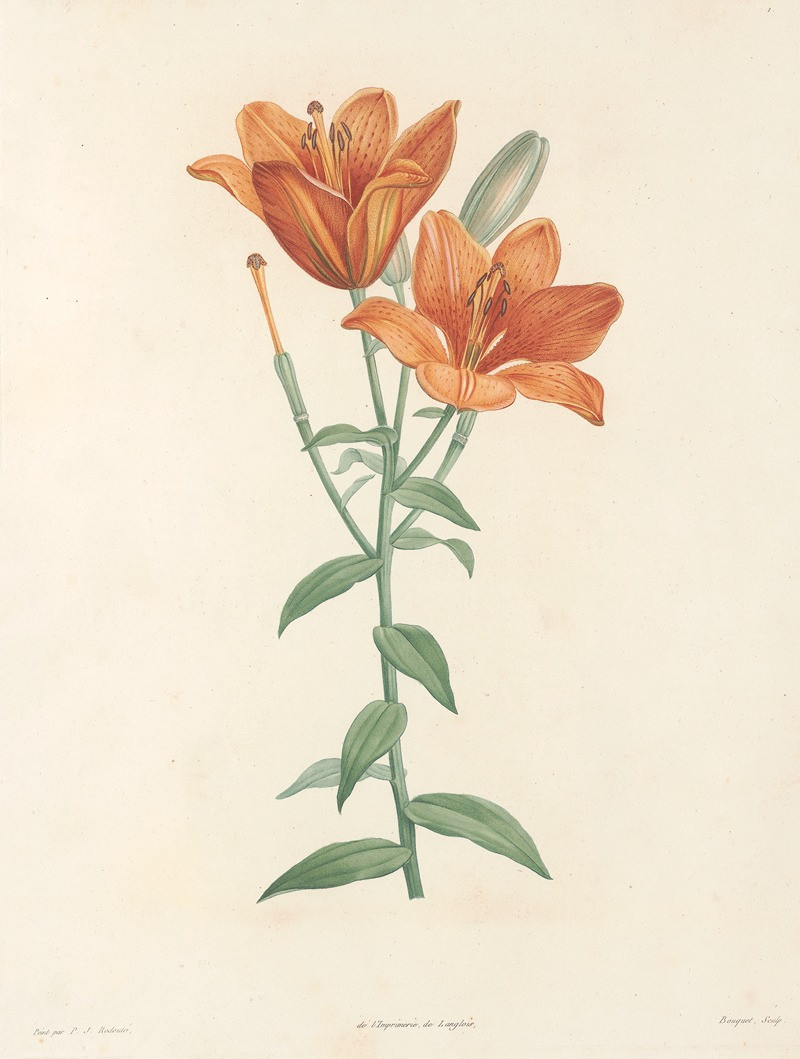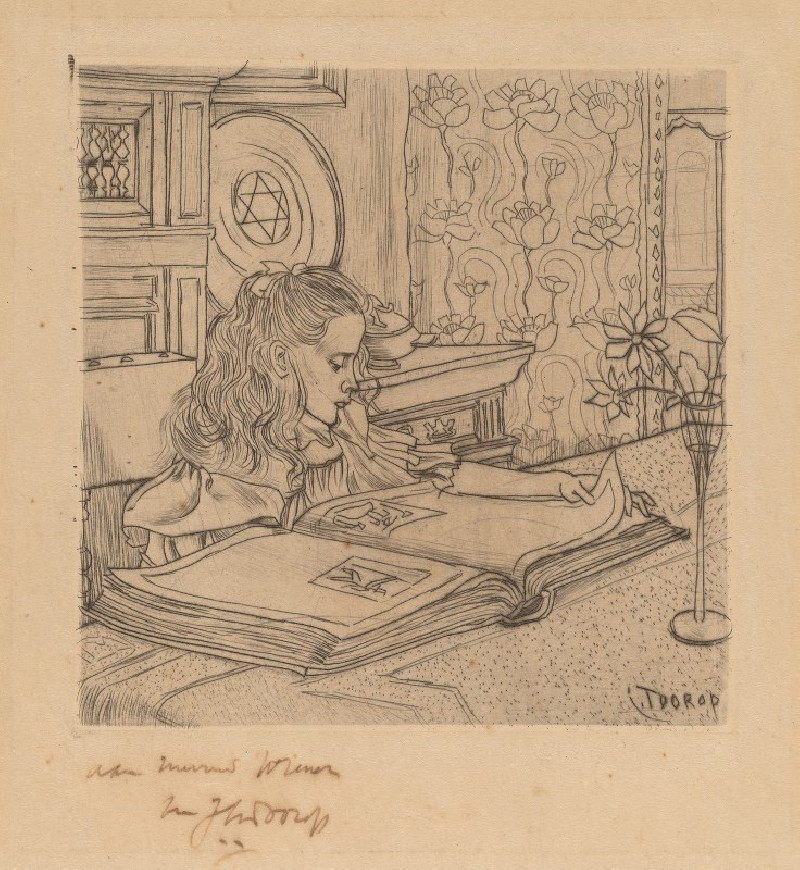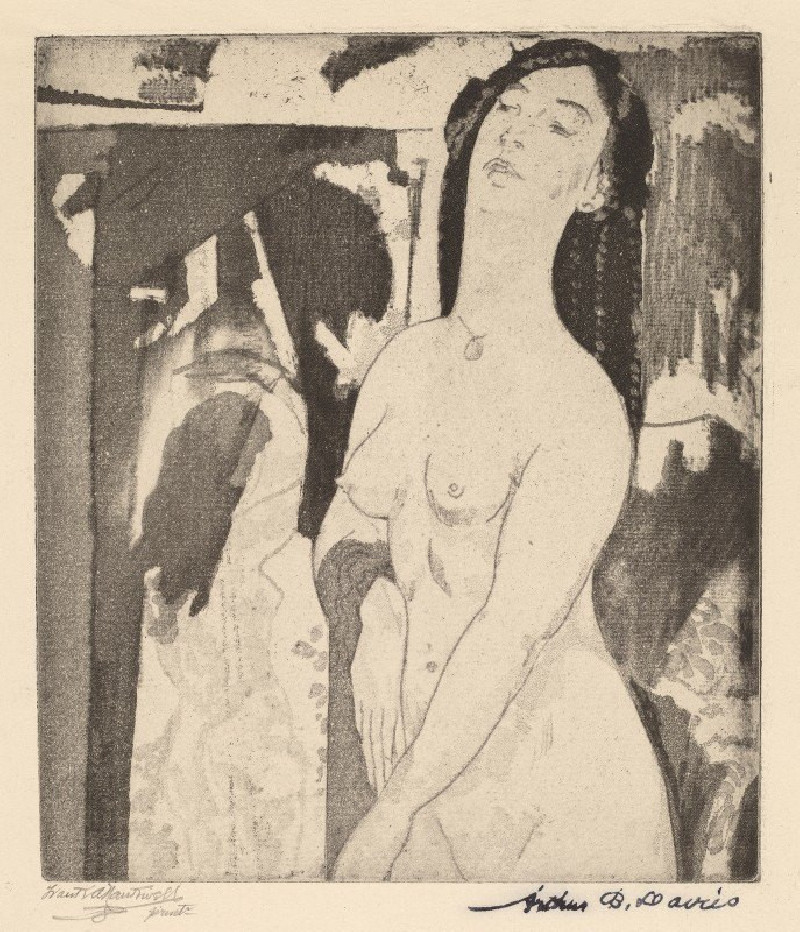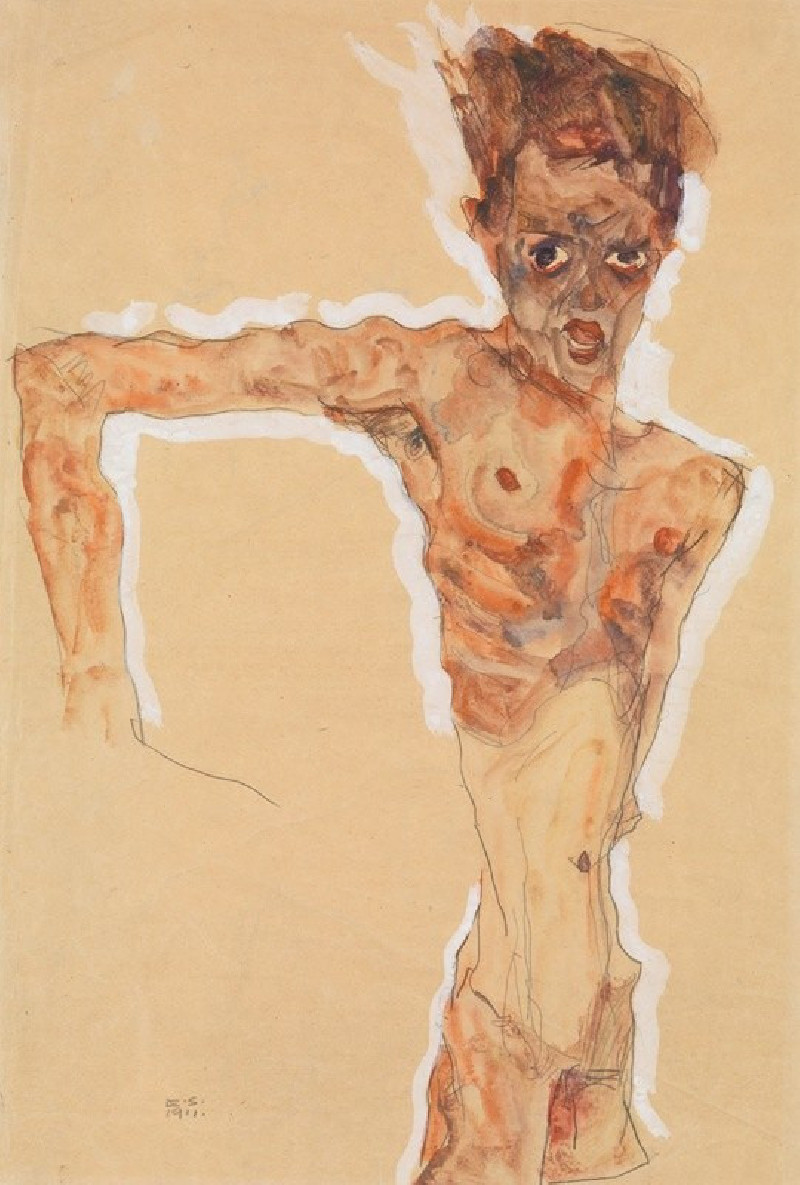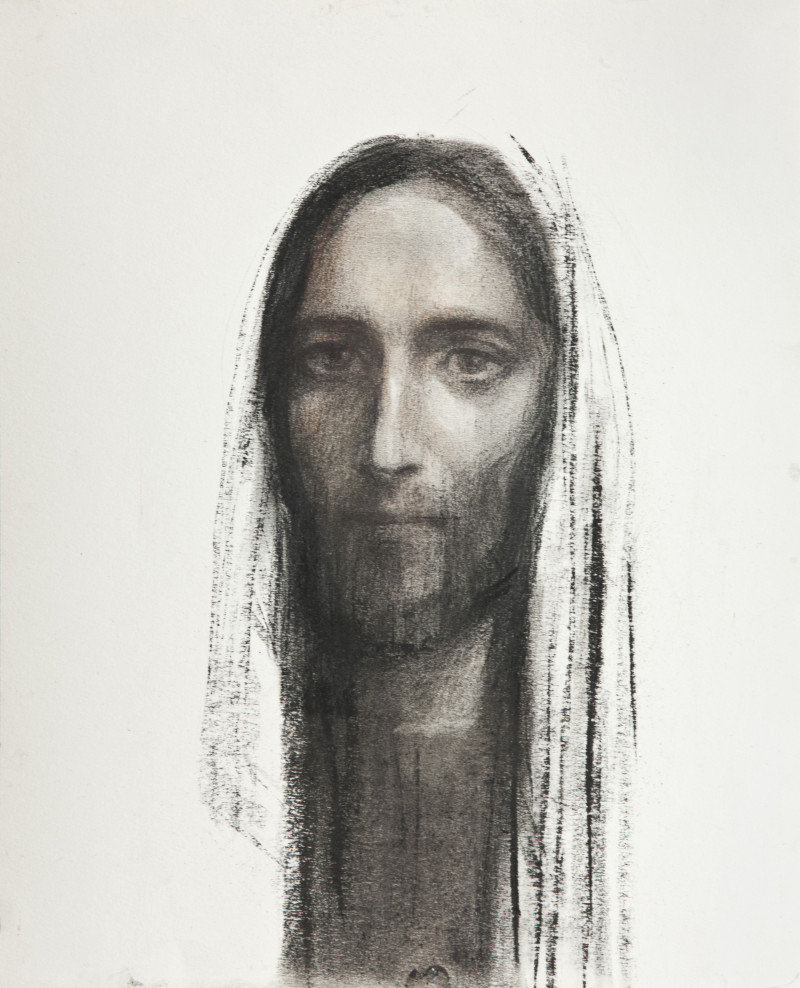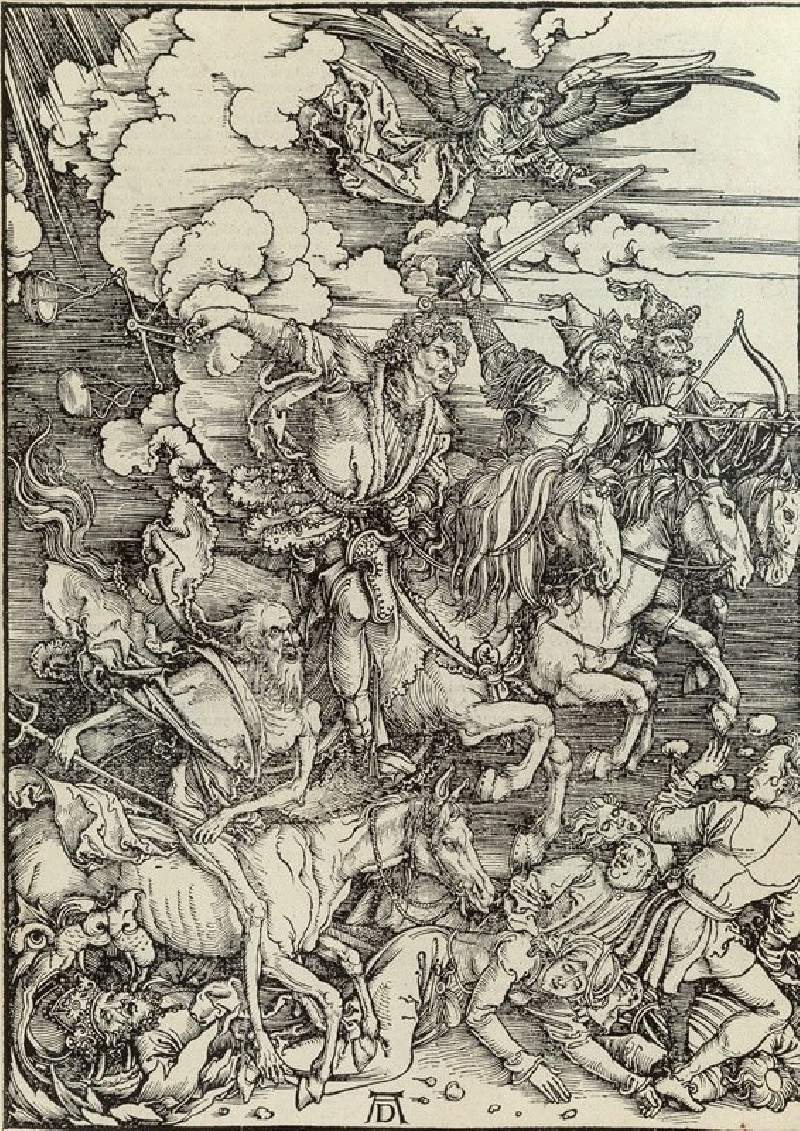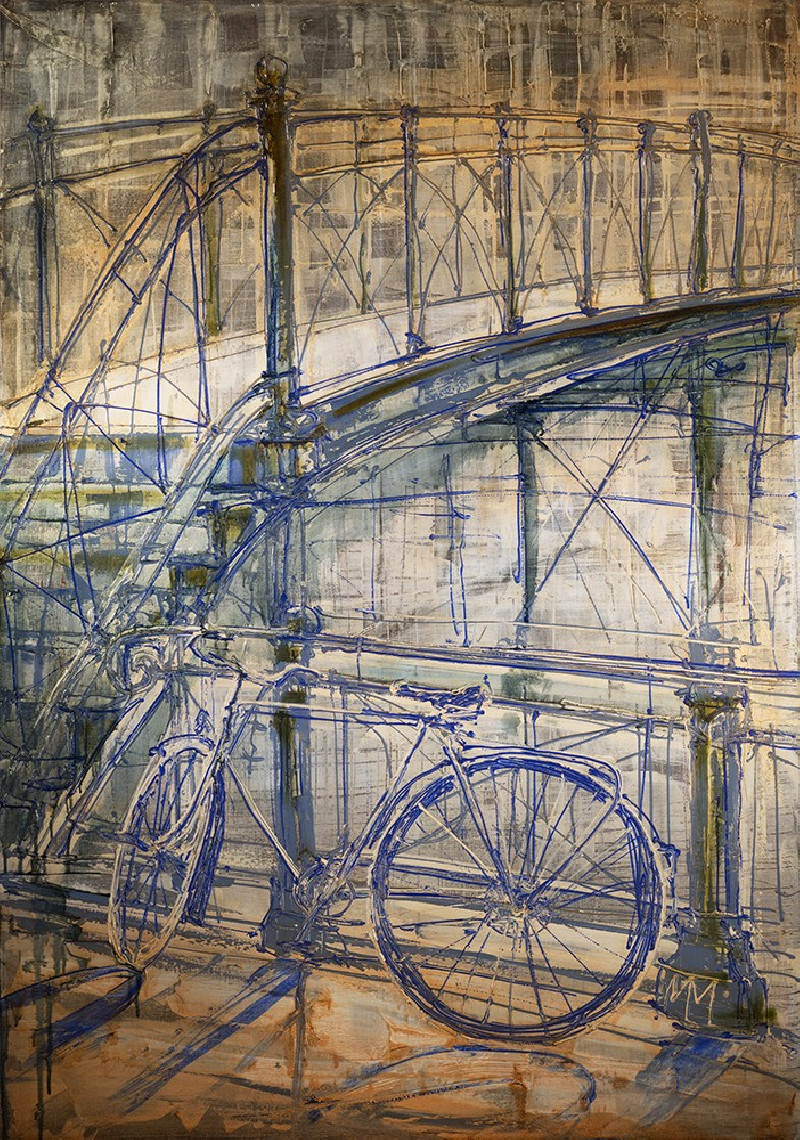Cloud Study (ca. 1821)
Technique: Giclée quality print
Recommended by our customers
More about this artwork
John Constable's "Cloud Study" (ca. 1821) is a compelling work that reflects the artist's deep fascination with the sky and its ever-changing formations. Predominately a study of the skies, this painting captures the dynamic and ephemeral nature of clouds with a remarkable sense of vitality and movement.At first glance, the viewer is greeted by a vast expanse of a swirling sky, depicted through a masterful blend of whites, grays, and hints of blue. The clouds, thick and voluminous, appear almost tangible, each brushstroke contributing to their fluffy texture and imposing presence. Constable's technique brilliantly conveys the shifting light and shadows that clouds naturally possess, highlighted by the subtle gradations of color that suggest the time of day and atmospheric conditions.Interestingly, Constable injects life into this skyscape with the inclusion of three birds in flight, enhancing the sense of depth and scale. These birds, though small and gently painted, draw the eye and emphasize the vastness and openness of the sky. They serve as a reminder of the world's continuity and movement, set against the transitory nature of the clouds.The horizon line, though minimal and subtly defined, grounds the composition, providing a sense of stability amidst the flux above. This horizon, coupled with the detailed rendering of the clouds, showcases Constable's commitment to observing and portraying nature in its true form."Cloud Study" is not just a portrait of the sky but a reflection on the beauty and transient moments of the natural world. It invites viewers to pause and consider the larger forces at play in the universe, all captured through Constable's keen eye and deft hand.
Delivery
Returns
John Constable RA was an English landscape painter in the Romantic tradition. Born in Suffolk, he is known principally for revolutionising the genre of landscape painting with his pictures of Dedham Vale, the area surrounding his home – now known as "Constable Country" – which he invested with an intensity of affection. "I should paint my own places best", he wrote to his friend John Fisher in 1821, "painting is but another word for feeling".

